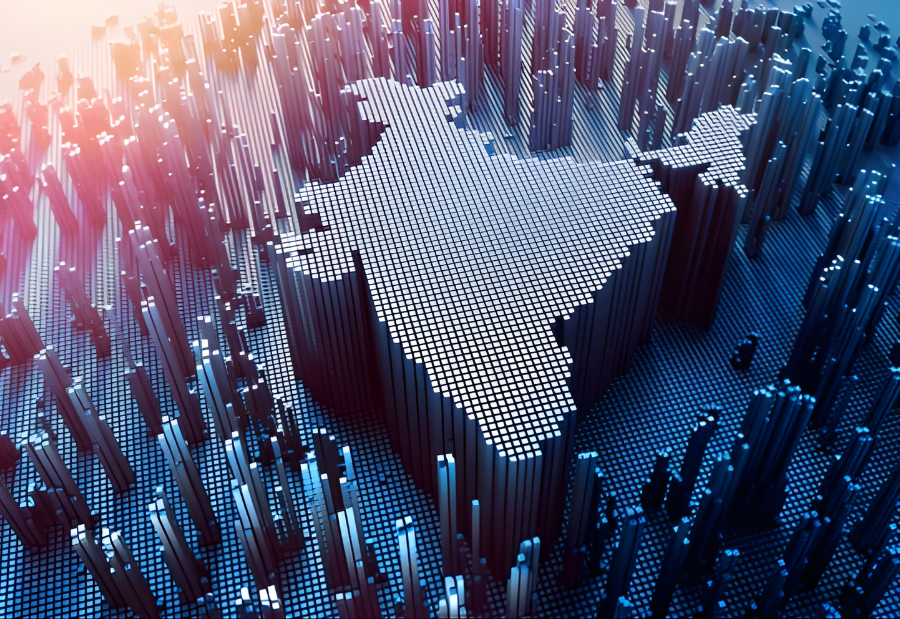India’s Tier-2 cities are emerging as strategic growth hubs for Global Capability Centres (GCCs). These centres, which manage core functions such as IT, finance, analytics, R&D and HR for multinational companies, are increasingly gravitating toward smaller cities to optimise operating costs, tap into new talent pools and leverage government-led digital infrastructure initiatives.
Industry assessments forecast a 30–40 percent surge in GCC demand across Tier-2 locations in the coming years. The value proposition is clear: lower real estate and wage costs, stronger employee retention, expanding higher-education clusters and robust policy incentives at both state and central levels.
Tier-2 GCC Hotspots: Rising Business Influence
- Coimbatore: With over 60 GCCs employing more than 75,000 professionals, Coimbatore is emerging as a hub for industrial and product engineering R&D, advanced software development and digital technologies. Key players include Bosch, State Street and Amazon.
- Kochi (Infopark): Hosting over 580 companies and 20 GCCs, Kochi focuses on AI-driven innovation, IT and ITeS. EY, Allianz, IBM and Nissan Digital operate here, alongside a growing ecosystem of more than 6,200 startups and innovation initiatives.
- Ahmedabad: The city has over 35 GCCs and 25 service providers. GIFT City is a key hotspot for multinationals in innovation, technology and back-end operations. Companies such as Kraft Heinz India, Infineon Technologies, Technip Energies, Google, Oracle, IBM, Capgemini, Infosys, TCS and Wipro are present.
- Indore: Known for cost-effectiveness and a skilled talent pool, Indore has secured ₹700 crore in GCC-specific investments and ₹5,000 crore in FDI. GCCs focus on technology services, automation, AI operations and BFSI.
- Lucknow: Supported by the Uttar Pradesh Global Capability Centres Policy 2024, Lucknow offers land cost subsidies, stamp duty exemptions, payroll support and capital incentives. The city is developing India’s first AI City and a 2,858-acre Mega IT City, complemented by data infrastructure like Sify Infinit Spaces’ AI-hub.
- Mysuru: Near Bengaluru, Mysuru benefits from satellite centres of established GCCs. IBM’s Client Innovation Centre and other tech firms are expanding here, supported by initiatives such as EMC 2.0, which has attracted investments worth ₹1,591 crore.
- Chandigarh Tricity: Chandigarh, Mohali, and Panchkula together host major GCCs including Infosys, Tech Mahindra, Teleperformance and Everise. The region offers lower saturation, reduced attrition and a balanced work-life environment.
- Mangaluru: The city hosts both large GCCs such as Infosys, Cognizant, Niveus, Hexaware and Tech Mahindra and smaller niche centres, reflecting a diverse and growing GCC ecosystem.
Expansion Momentum: Strength in 2025
Recent GCC investments by global brands in Hyderabad, Bengaluru, Gurugram and Pune highlight continued India commitment across AI, digital transformation, product engineering and enterprise modernisation. By 2030, India is projected to surpass 4,200 GCCs, employing 4.5 million professionals, with industry revenue expected to more than double from USD 50 billion (FY24) to USD 110 billion (FY30).
Policy Support and Infrastructure Catalysts
Policy alignment and infrastructure modernisation are becoming decisive catalysts for GCC expansion into Tier-2 regions. By lowering operational barriers through subsidies and payroll incentives, strengthening workforce readiness and investing in world-class tech parks and SEZ ecosystems, governments are accelerating the shift toward more distributed and sustainable growth models in India’s digital economy.
Growth Outlook: Tier-2 Cities Accelerate Ahead
Hiring in Tier-2 GCCs recorded 21 percent YoY growth in 2025, nearly double the growth rate of major metros. Their market share has climbed from 5 percent (FY19) to 7 percent (FY24) and could rise to 15–20 percent by 2025. More than 140 new centres are expected in Tier-2 and Tier-3 locations over the next five years, creating 70,000+ direct jobs.
With the GCC industry projected to reach USD 100–110 billion by 2030, Tier-2 cities are poised to capture nearly 30 percent of all new setups, driven by demand for AI adoption, product engineering capabilities and innovation-centric operations.
Also read: Viksit Workforce for a Viksit Bharat
Do Follow: The Mainstream formerly known as CIO News LinkedIn Account | The Mainstream formerly known as CIO News Facebook | The Mainstream formerly known as CIO News Youtube | The Mainstream formerly known as CIO News Twitter |The Mainstream formerly known as CIO News Whatsapp Channel | The Mainstream formerly known as CIO News Instagram
About us:
The Mainstream formerly known as CIO News is a premier platform dedicated to delivering latest news, updates, and insights from the tech industry. With its strong foundation of intellectual property and thought leadership, the platform is well-positioned to stay ahead of the curve and lead conversations about how technology shapes our world. From its early days as CIO News to its rebranding as The Mainstream on November 28, 2024, it has been expanding its global reach, targeting key markets in the Middle East & Africa, ASEAN, the USA, and the UK. The Mainstream is a vision to put technology at the center of every conversation, inspiring professionals and organizations to embrace the future of tech.




